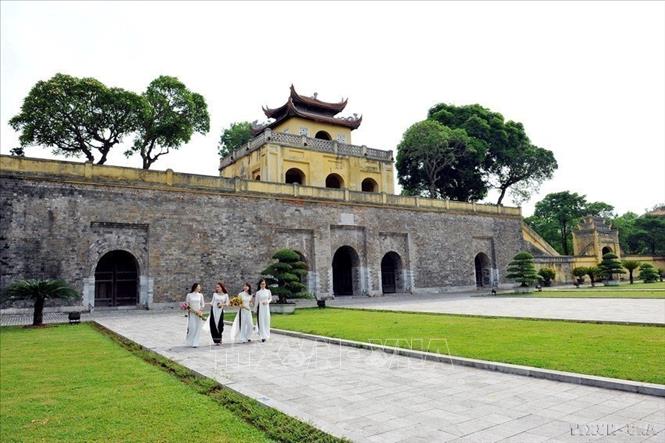 Doan Mon has five U-shaped entrances, the two outermost gates, Ta Doan Mon and Huu Doan Mon, are still intact. Photo: Minh Duc/VNA
Doan Mon has five U-shaped entrances, the two outermost gates, Ta Doan Mon and Huu Doan Mon, are still intact. Photo: Minh Duc/VNA
The excavation site is located in the Dan Tri courtyard area of the Le Dynasty, currently the area of the Operations Department, including two excavation pits. Excavation pit No. 1 covers an area of 955 square meters in the backyard of the Operations Department; excavation pits No. 2 and 3 are within the grounds of the Operations Department.
These are two excavation pits located in the main space of Kinh Thien Palace of the Le Dynasty, in the Dai Trieu area with especially important vestiges such as Ngu Dao road (the king's path), Dai Trieu ceremonial yard and also the most sacred space of Dai Viet.
Excavation pits at a depth of 1 - 1.2 m have revealed some grey brick-paved courtyards, the most remaining position is in the center of the pit with a trail of broken bricks and tiles stretching from North to South, about 6.7 m wide in the direction from the main gate of Doan Mon through the Operations Department House up to Dien Kinh Thien.
Associate Professor, Dr. Tong Trung Tin, Chairman of the Vietnam Archaeological Association, said: Archaeological research at Thang Long Imperial Citadel is conducted every year, always discovering new values. This year, the excavation was carried out in the center of Dan Tri courtyard, the most central area of the heritage site. Archaeologists discovered two extremely important signs, the vestiges of Dan Tri courtyard - that is, the court courtyard of the Vietnamese monarchies and Ngu Dao, the main path for the King when entering and exiting Thang Long Imperial Citadel, the sacred path of the heritage site today.
Based on the excavation site and the results of previous years' exploratory excavations, this excavation has clarified some of the architectural vestiges of the Ly - Tran - Le dynasties from Doan Mon to the dragon terrace of Kinh Thien Palace. At the same time, it has contributed scientific evidence to recognize the extremely complex overlapping changes of the relics in the Central area of Thang Long Imperial Citadel. The excavation is still ongoing but the initial stages have shown some of the great value of the heritage site.
The Great Courtyard is where hundreds of mandarins attend the Great Court Ceremony, where the Doctoral Examination takes place. The Royal Path is located in the middle of the Great Courtyard, starting from the Kinh Thien Palace threshold to the South Gate. This is the path for the Emperor to go to the Nam Giao ceremony, the Xa Tac altar, to tour and go on military campaigns to protect the country. Thus, the Royal Path as well as the entire Kinh Thien Palace space is related to national peace and security, national longevity, and the eternal nation, and is the most important architectural complex of the Thang Long Imperial Palace, representing the history and culture of the whole country.
Currently, one of the most important tasks is to focus on researching and restoring the Kinh Thien Palace space and the Kinh Thien Palace building, because that is the acupoint of "concealing wind and gathering energy", the place where the ancient Dai Viet Emperors communicated with the Emperor of Heaven to create a unified whole between Heaven (Thien) - Earth (Dia) and Human (Nhan) causing all things to harmonize and all things to develop.
Also on June 1, Vice Chairman of Hanoi People's Committee Chu Xuan Dung and Head of UNESCO Office in Vietnam visited the archaeological site. Mr. Christian Manhart, Head of UNESCO Office in Vietnam, expressed his impressions with the archaeological results when discovering the original traces of the heritage site. This is also the issue that UNESCO has recommended to the Thang Long - Hanoi Heritage Conservation Center in previous meetings to clarify the values of the heritage site.
Source: https://baotintuc.vn/van-hoa/phat-lo-dau-tich-moi-cua-san-dan-tri-va-truc-ngu-dao-tai-hoang-thanh-thang-long-20220601140636514.htm


![[Photo] Japanese Prime Minister's wife visits Vietnamese Women's Museum](https://vstatic.vietnam.vn/vietnam/resource/IMAGE/2025/4/27/8160b8d7c7ba40eeb086553d8d4a8152)
![[Photo] General Secretary To Lam receives Chairman of the Liberal Democratic Party, Japanese Prime Minister Ishiba Shigeru](https://vstatic.vietnam.vn/vietnam/resource/IMAGE/2025/4/27/63661d34e8234f578db06ab90b8b017e)
![[Photo] Foreign tourists impressed by the way history is conveyed through interactive exhibitions at Nhan Dan Newspaper](https://vstatic.vietnam.vn/vietnam/resource/IMAGE/2025/4/27/6bc84323f2984379957a974c99c11dd0)
![[Photo] Living witnesses of the country's liberation day present at the interactive exhibition of Nhan Dan Newspaper](https://vstatic.vietnam.vn/vietnam/resource/IMAGE/2025/4/27/b3cf6665ebe74183860512925b0b5519)
![[Photo] General Secretary To Lam's wife and Japanese Prime Minister's wife make traditional green rice cakes together](https://vstatic.vietnam.vn/vietnam/resource/IMAGE/2025/4/27/7bcfbf97dd374eb0b888e9e234698a3b)
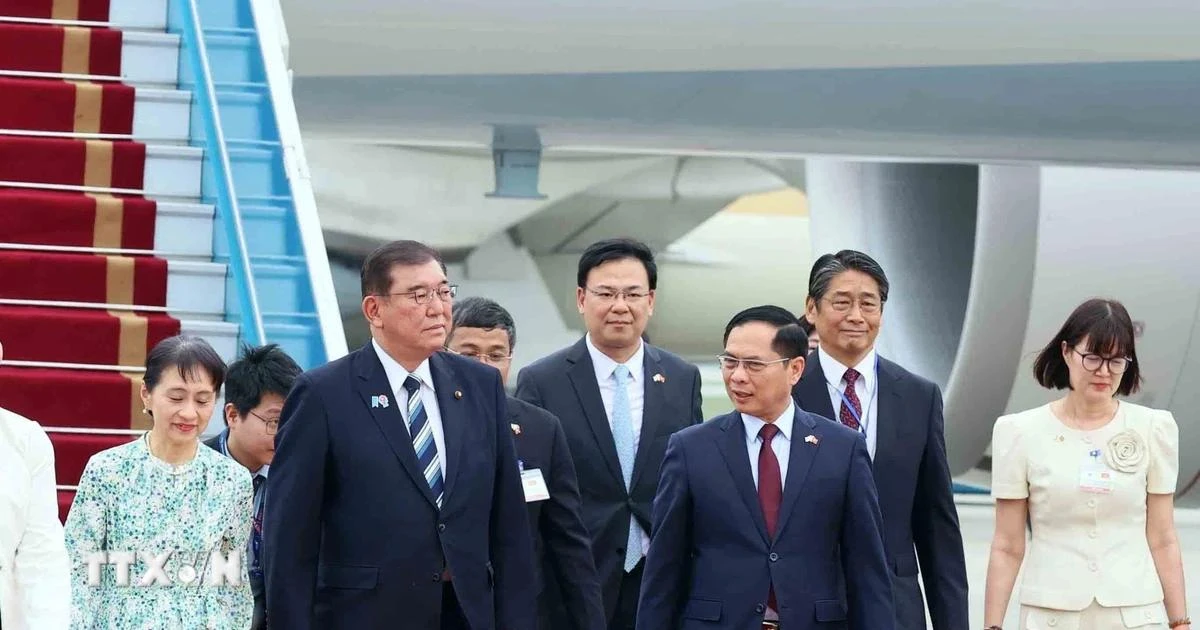
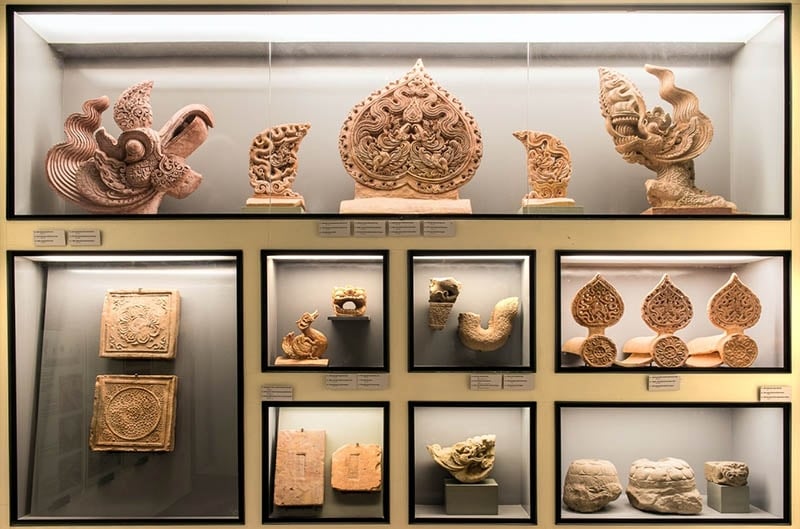

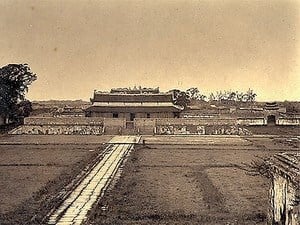

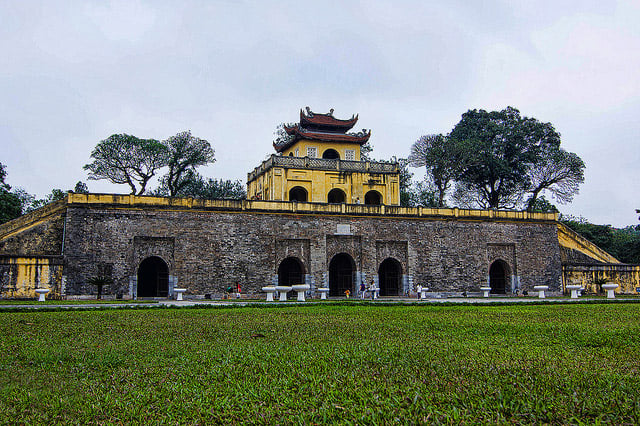



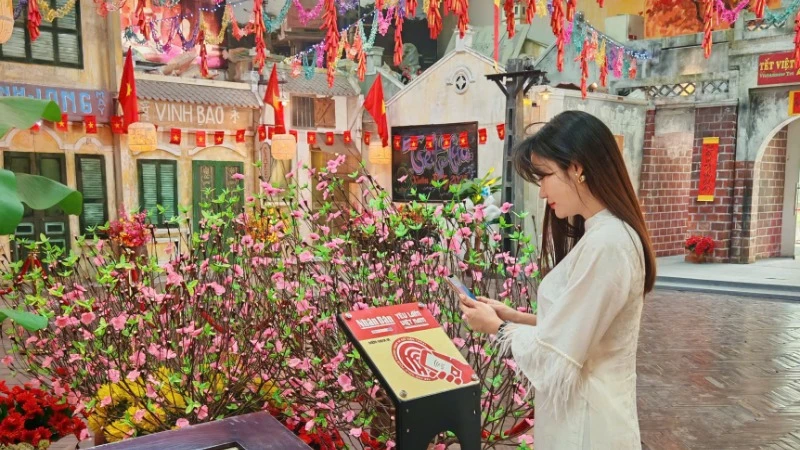
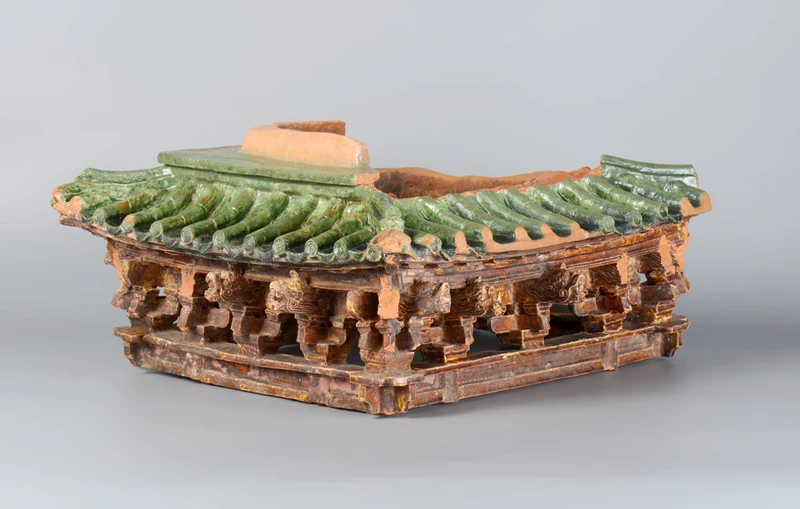
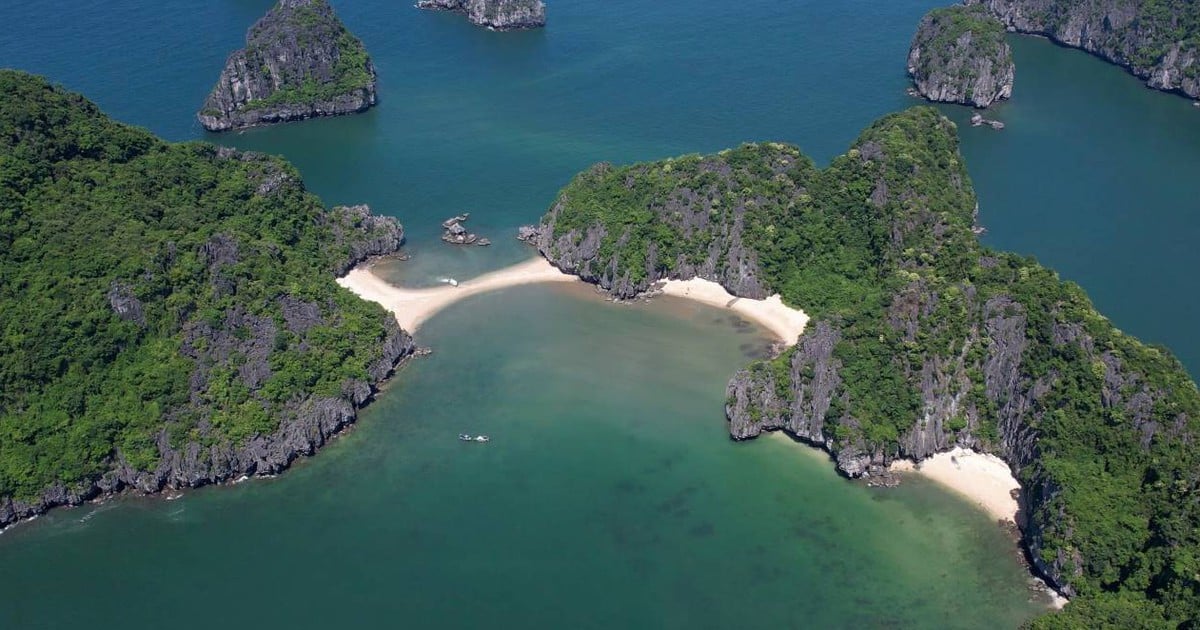
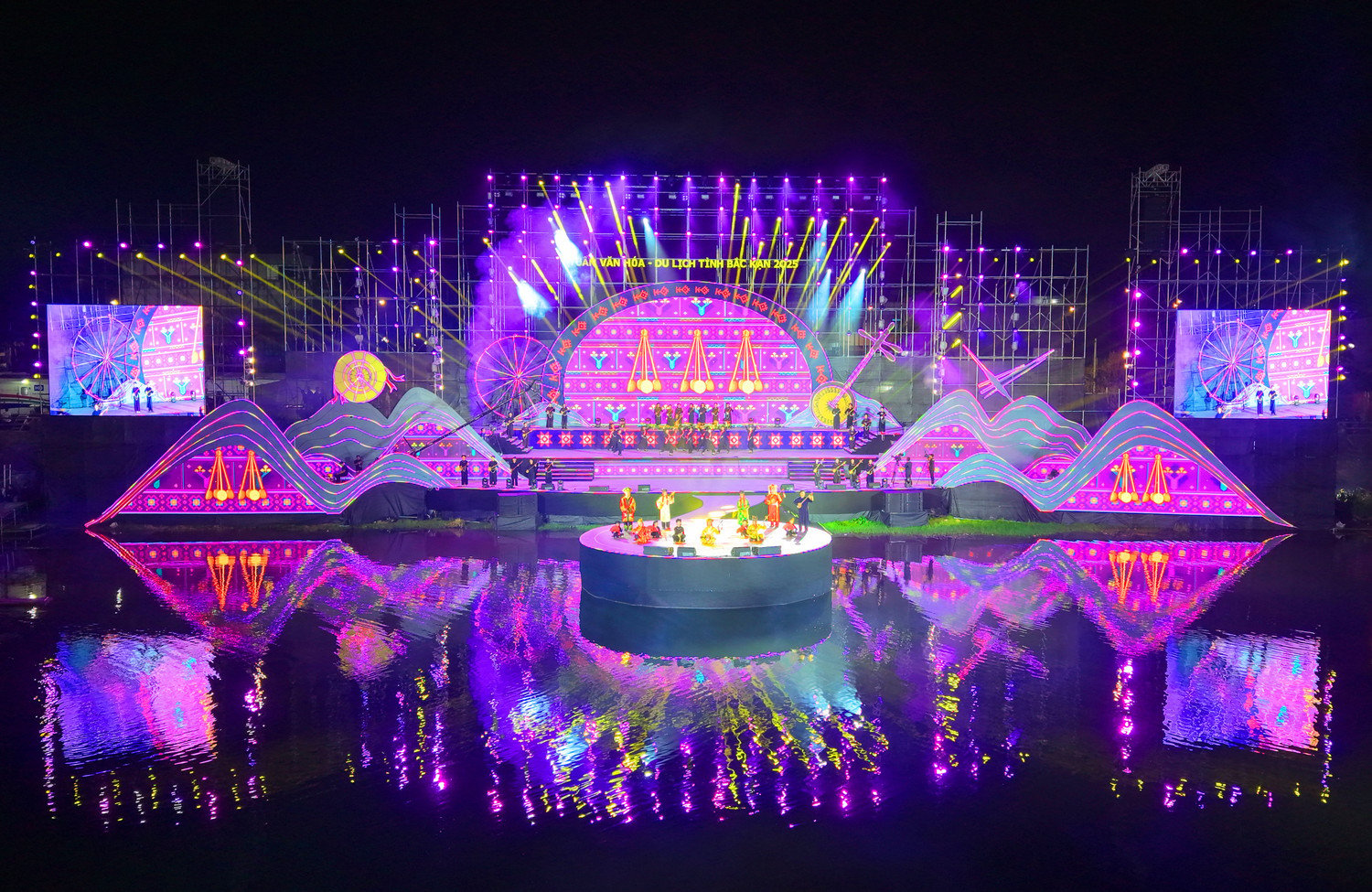

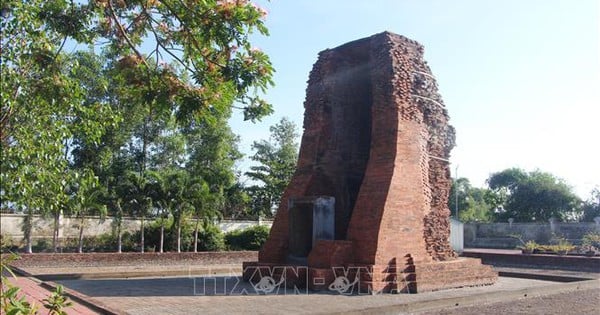
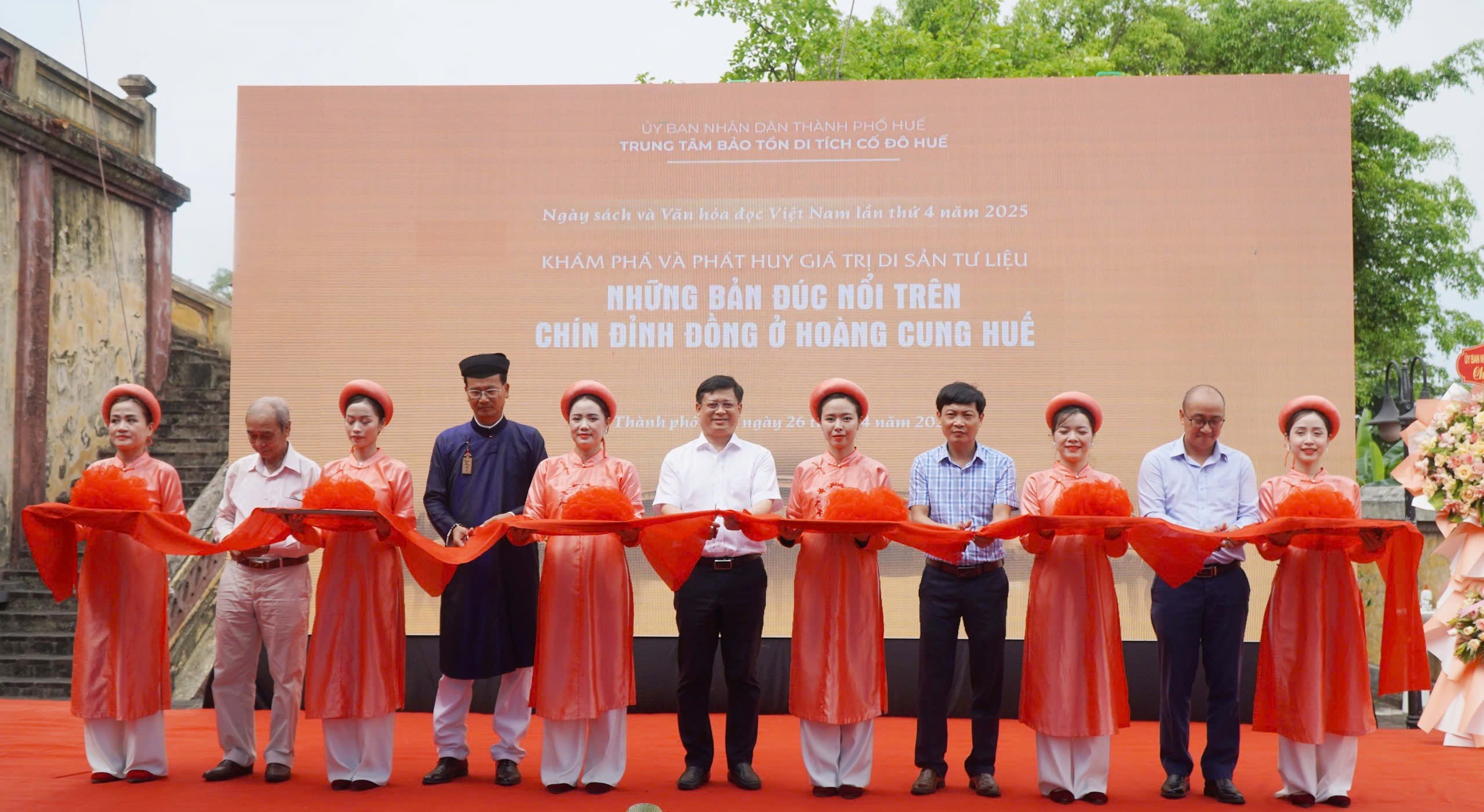
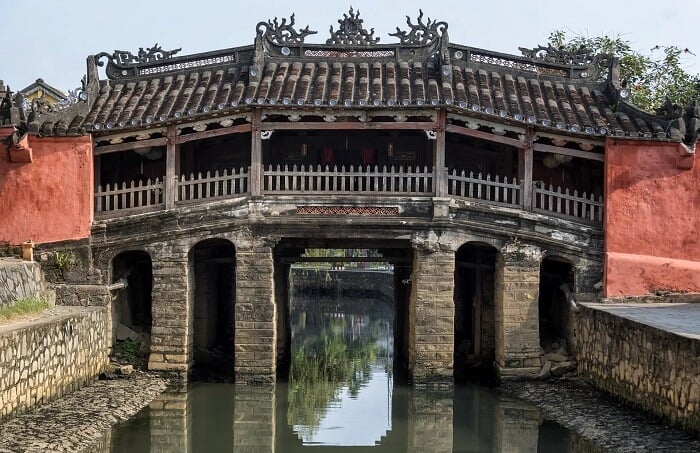
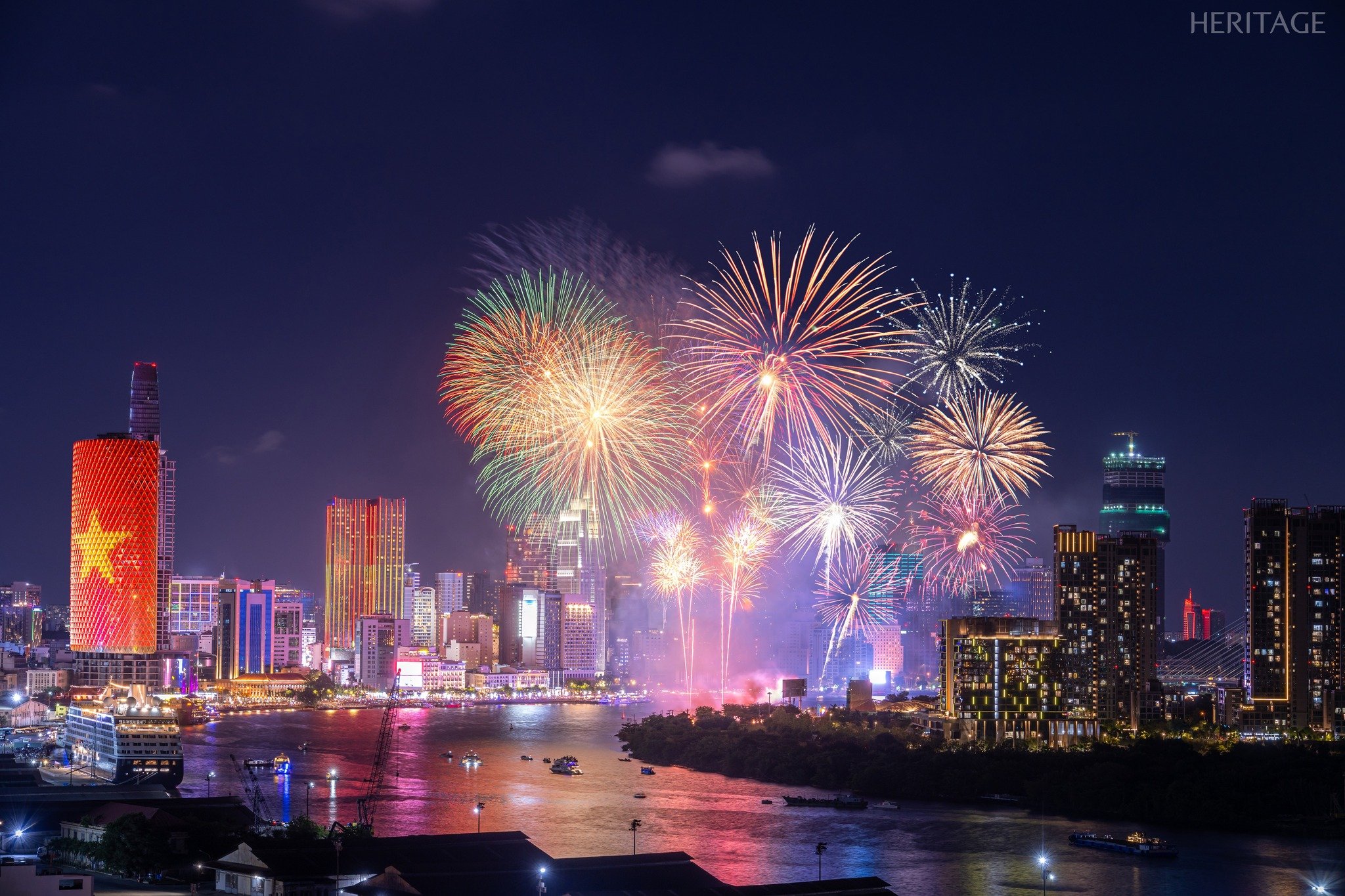
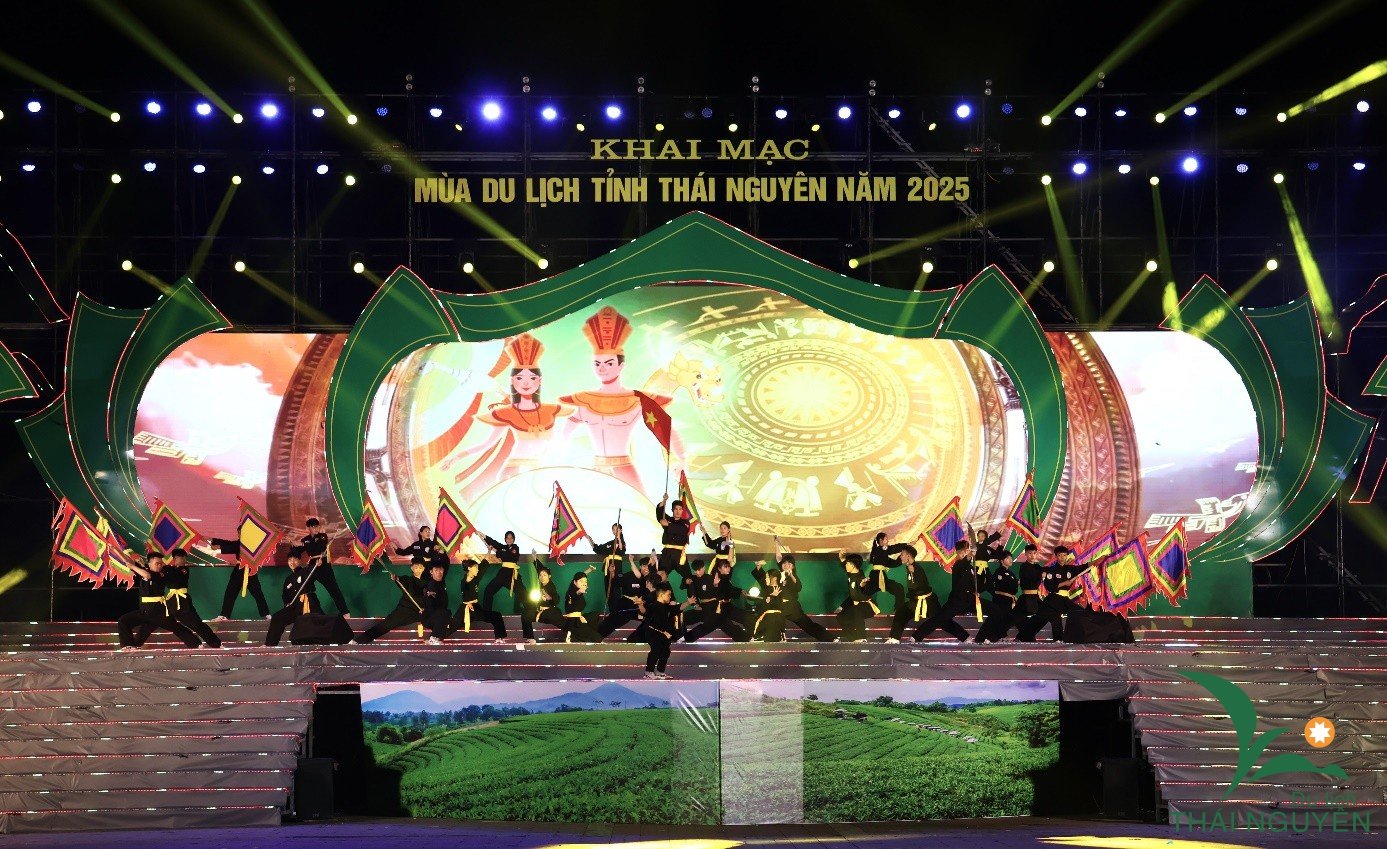
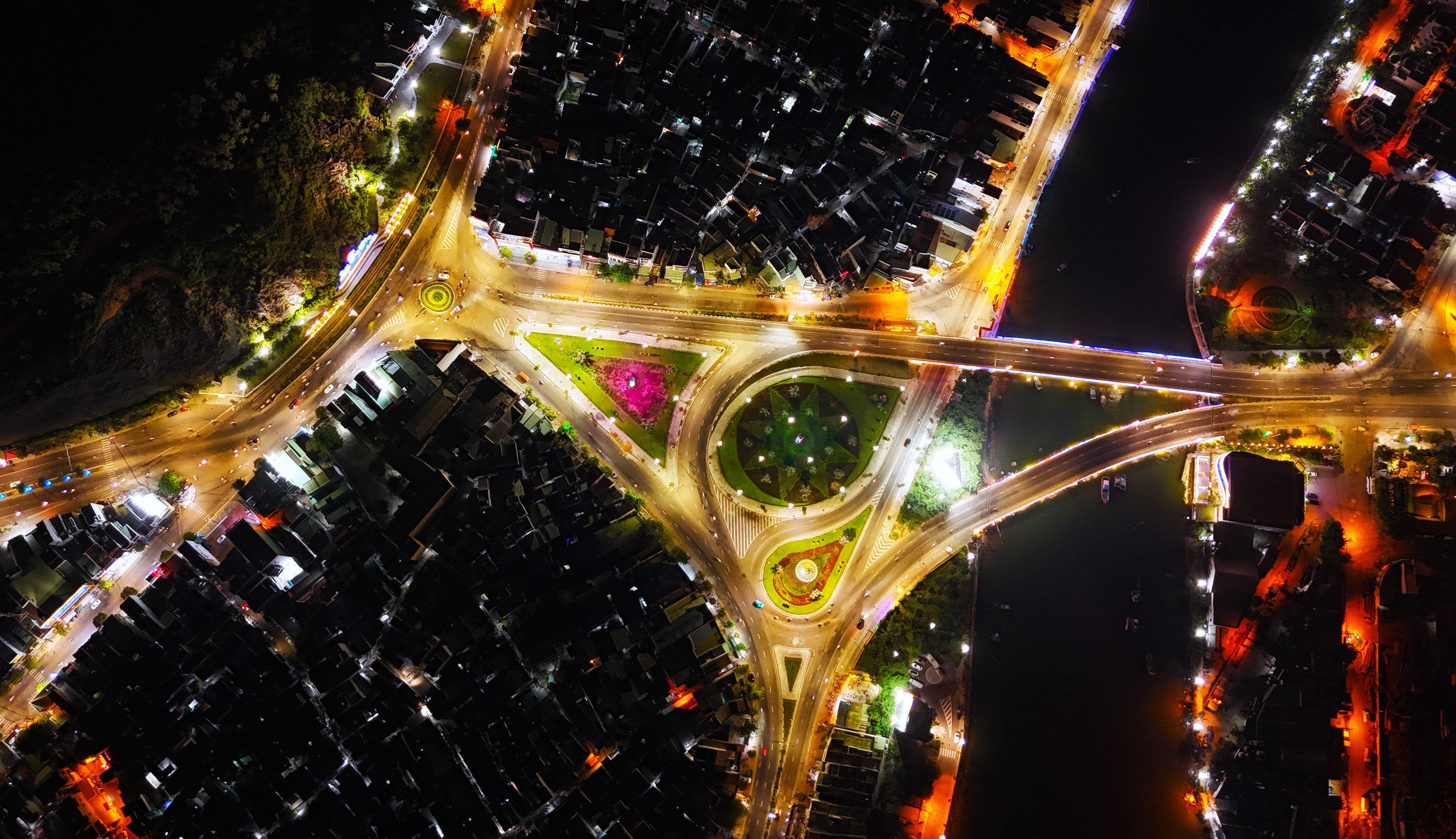
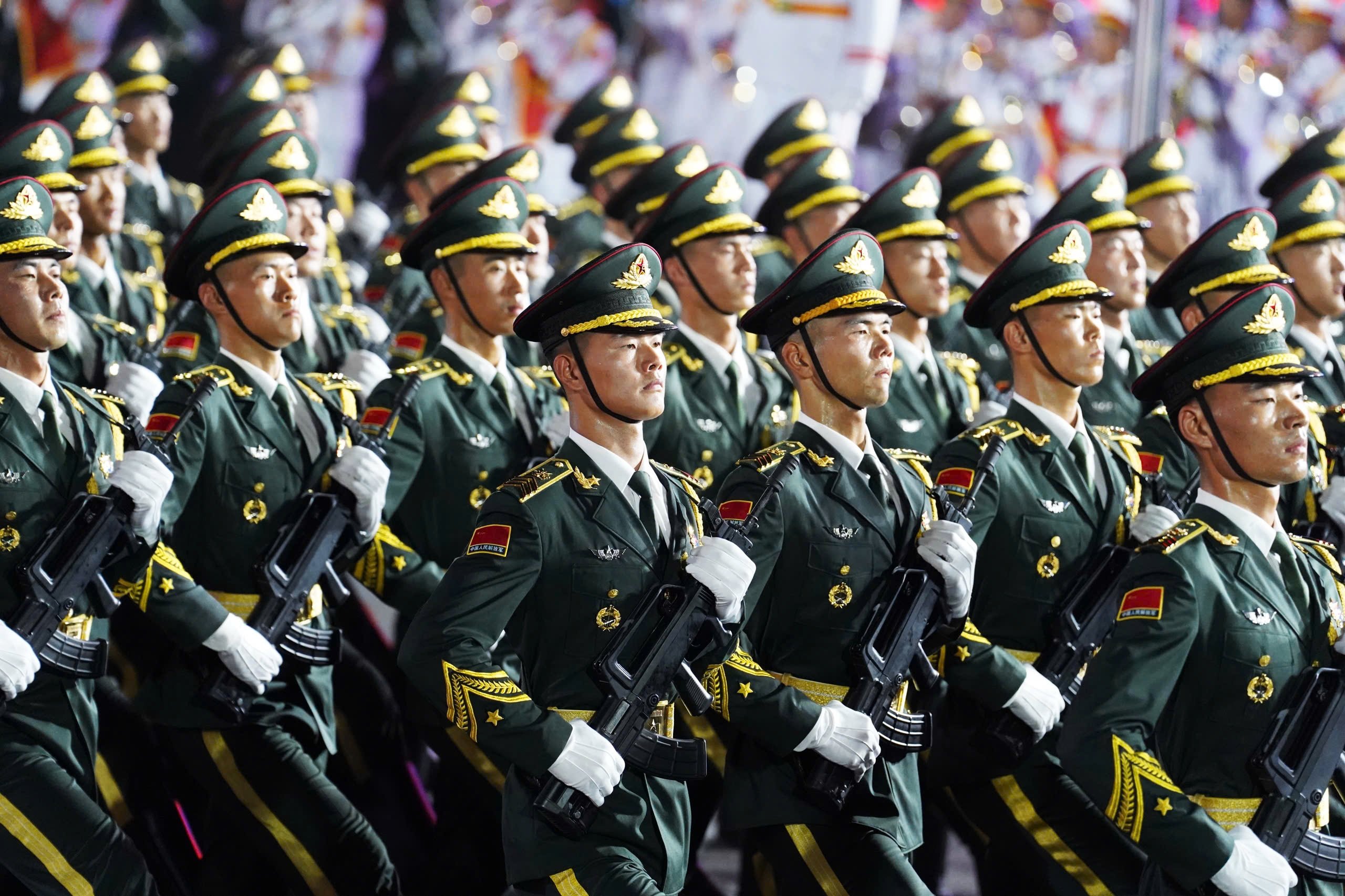
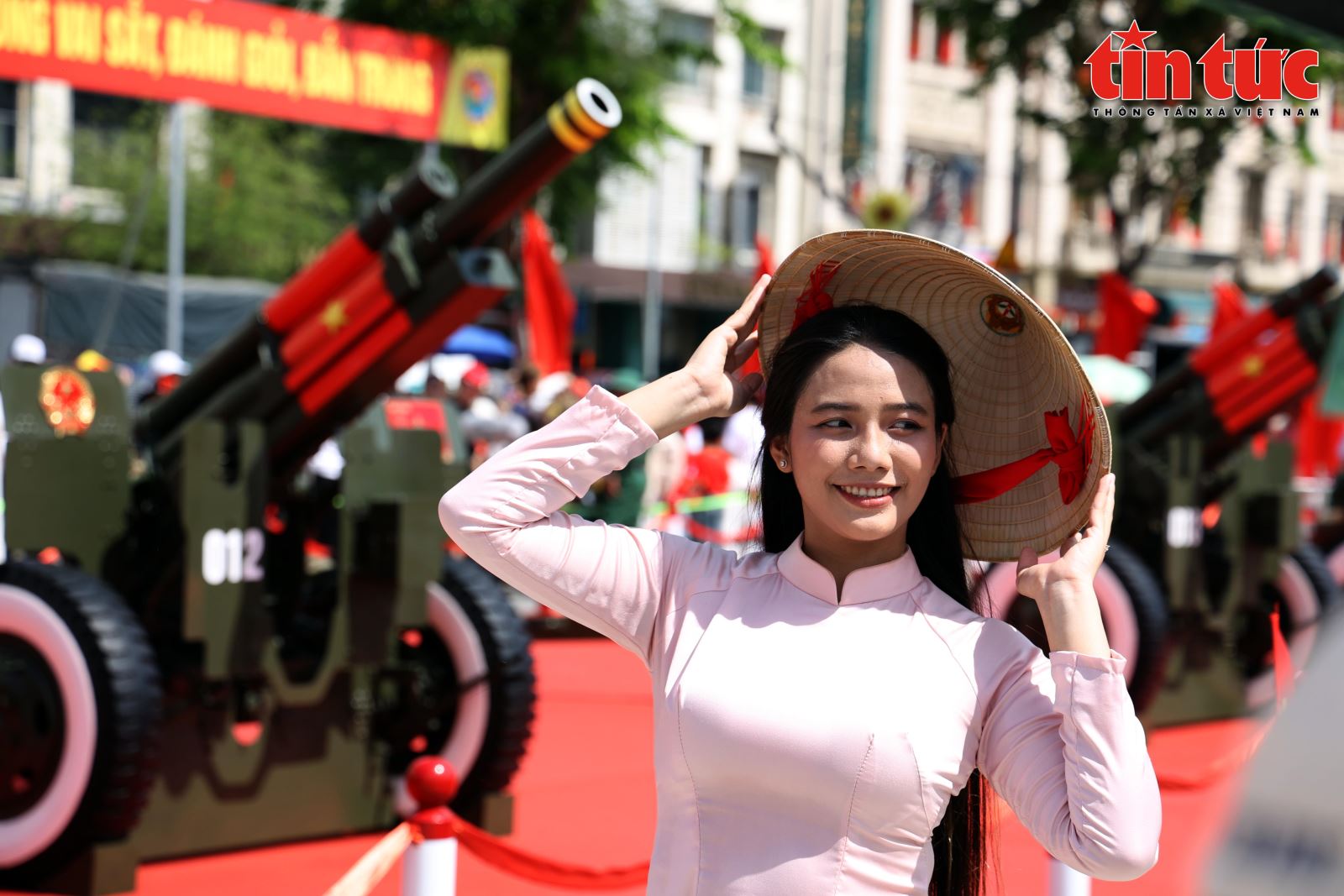
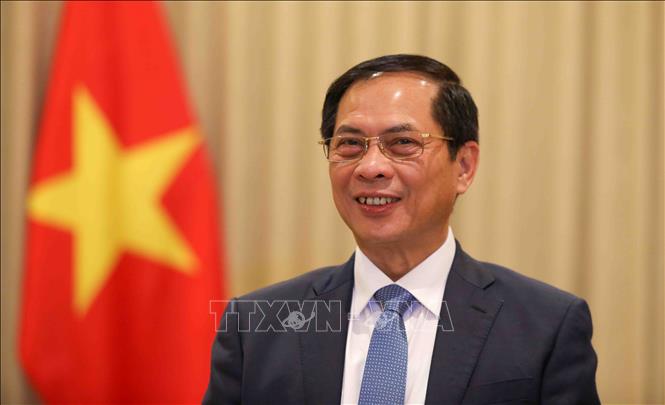
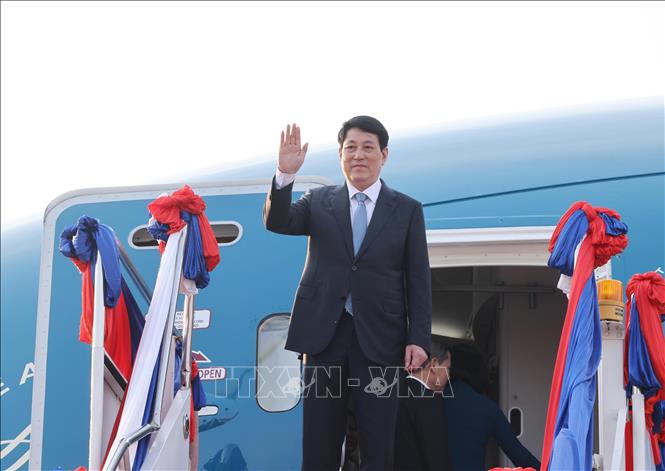


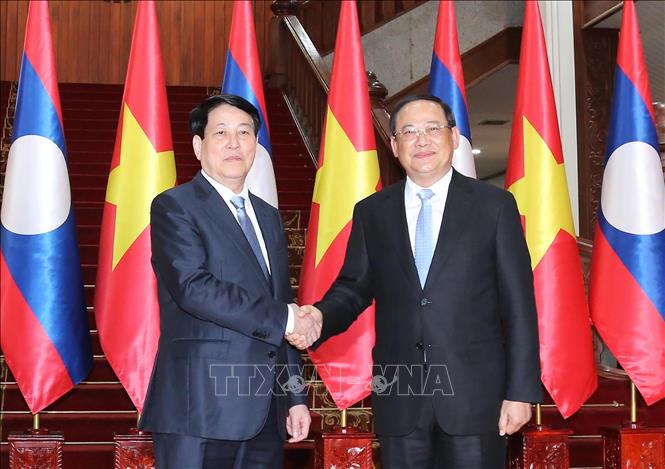






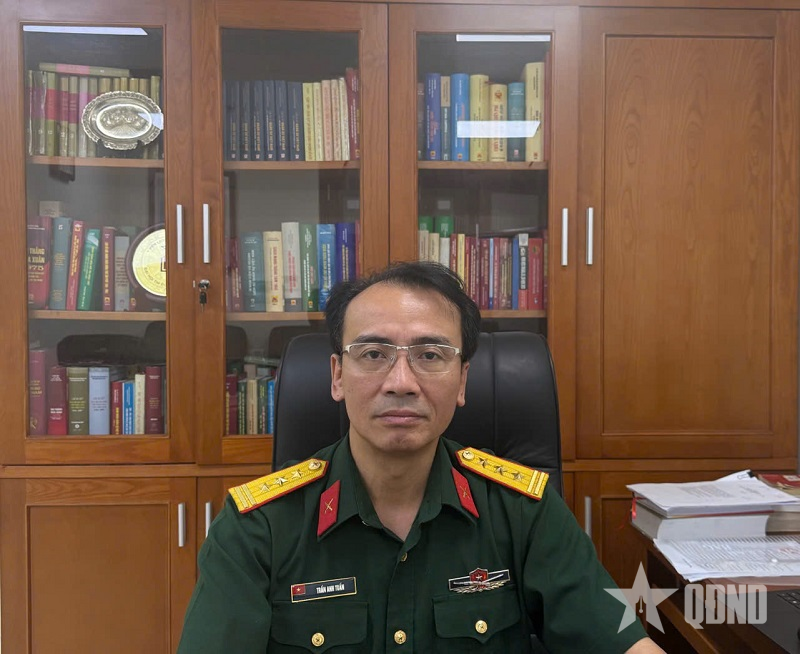

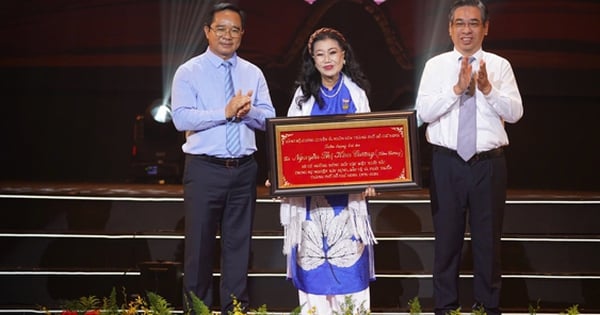



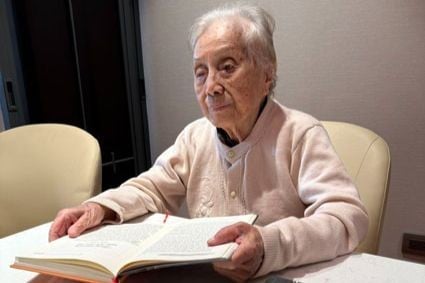


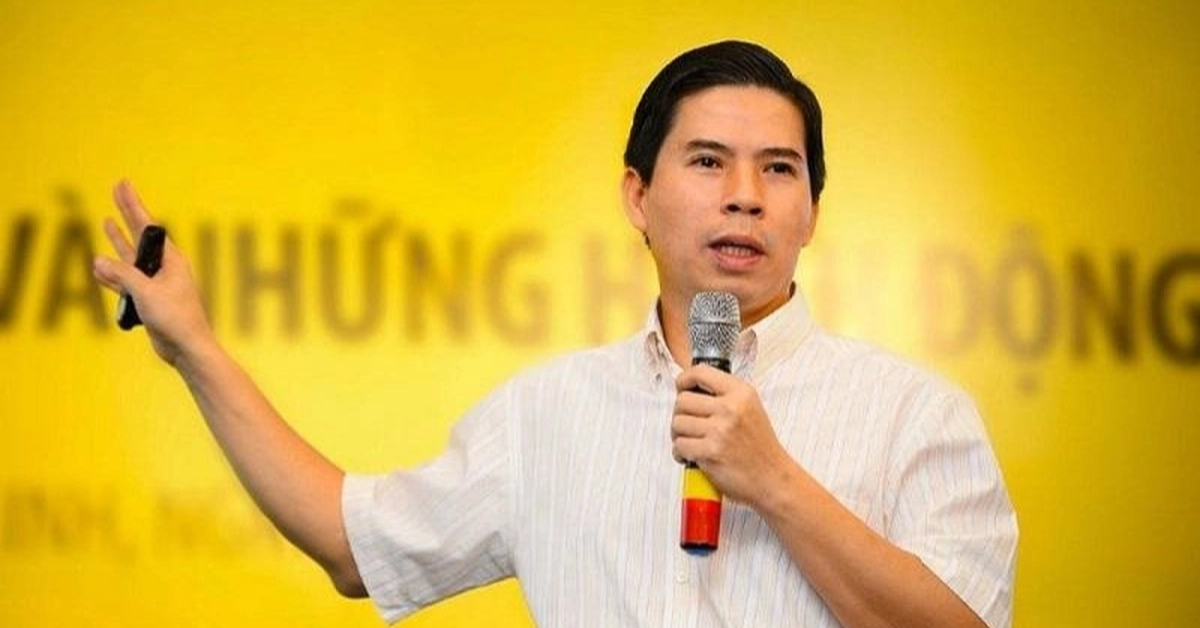

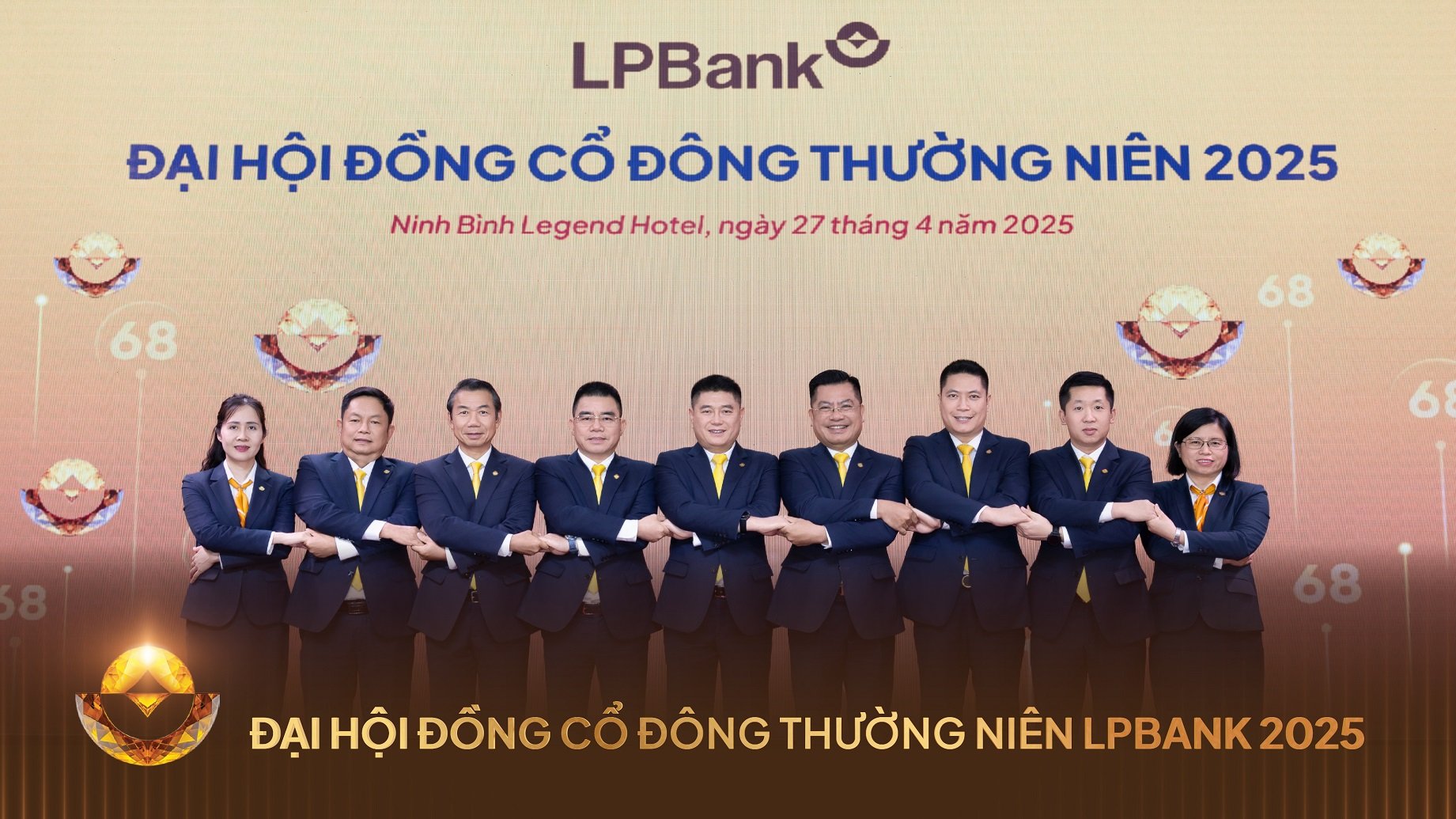
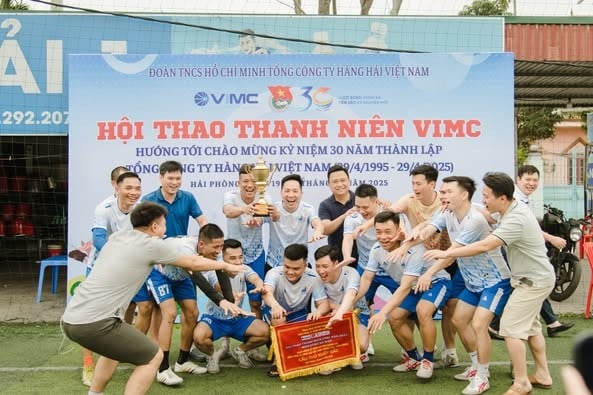

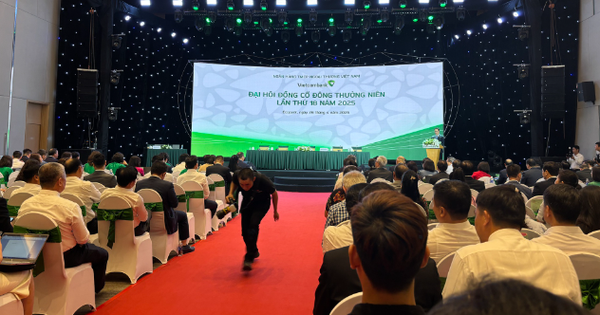


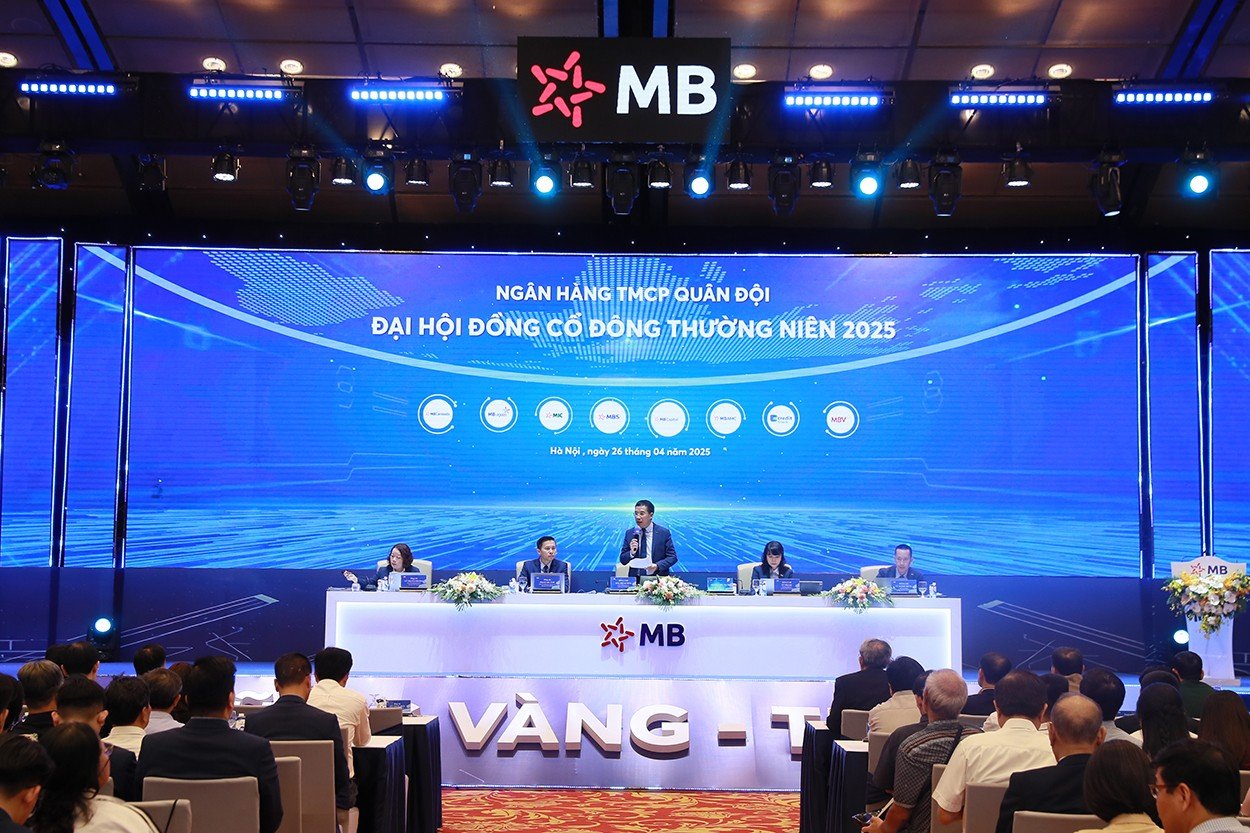

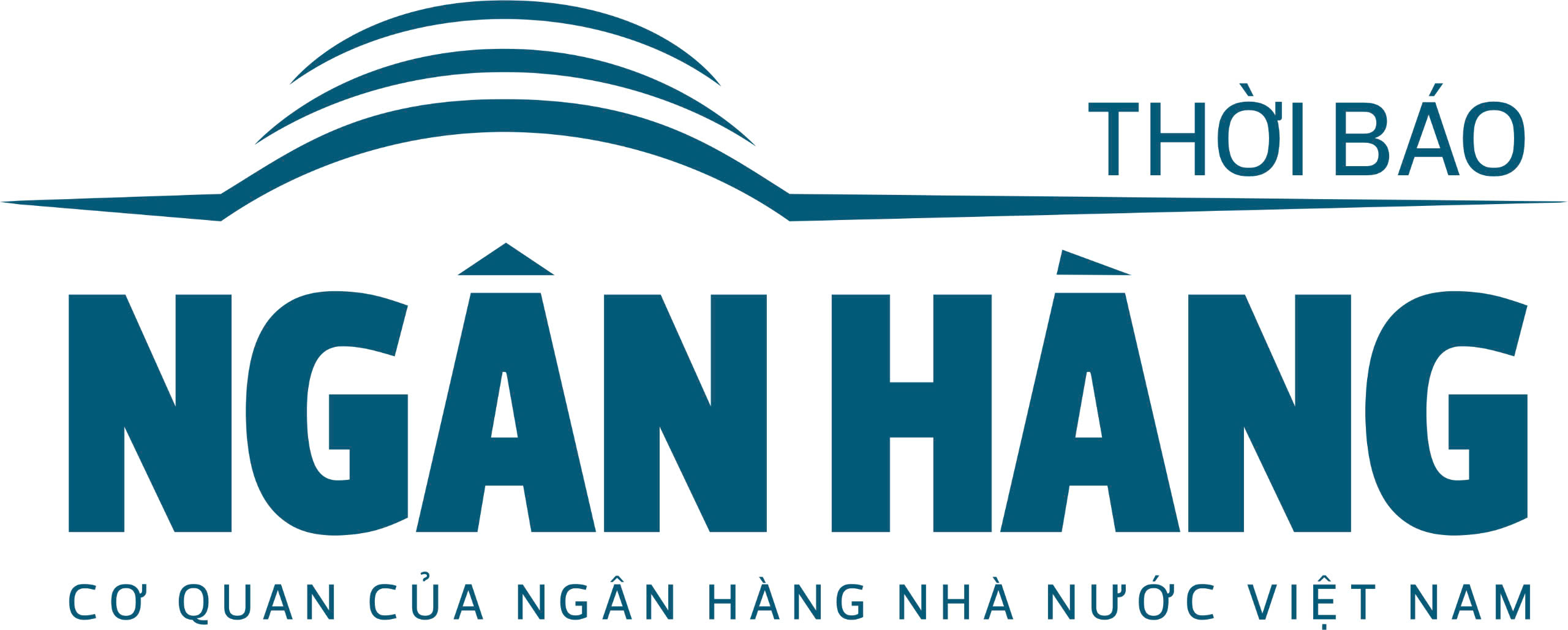
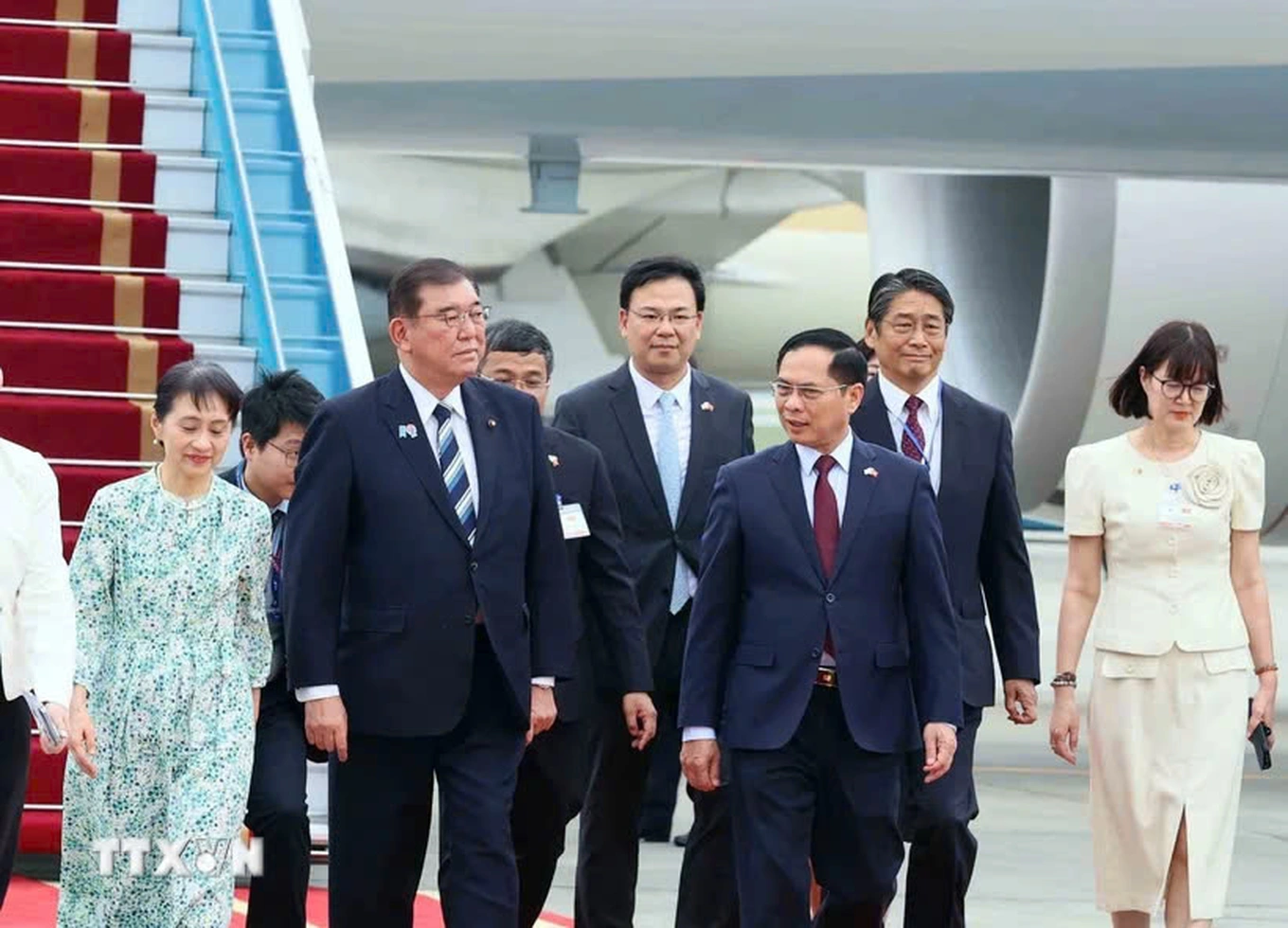
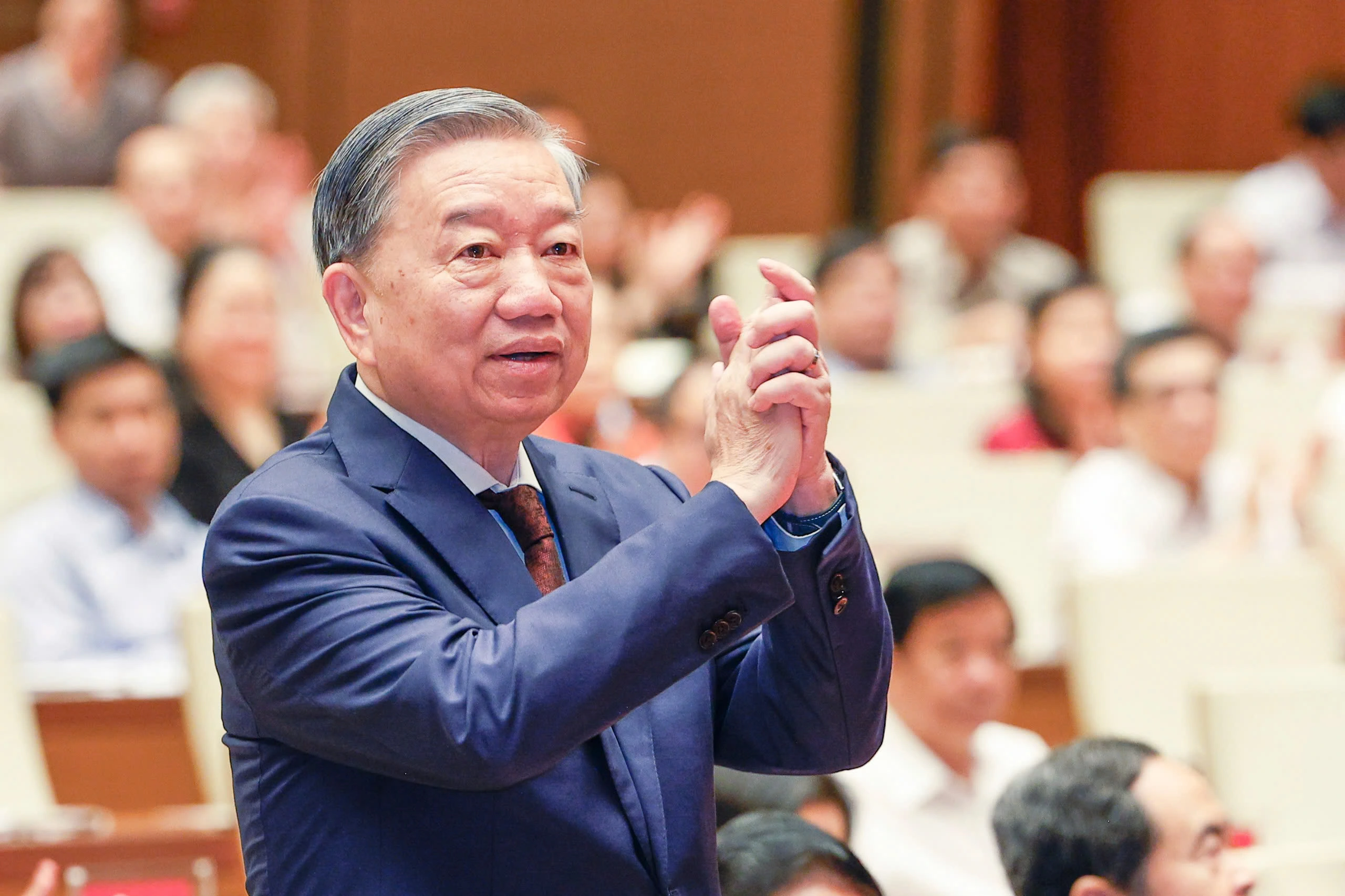
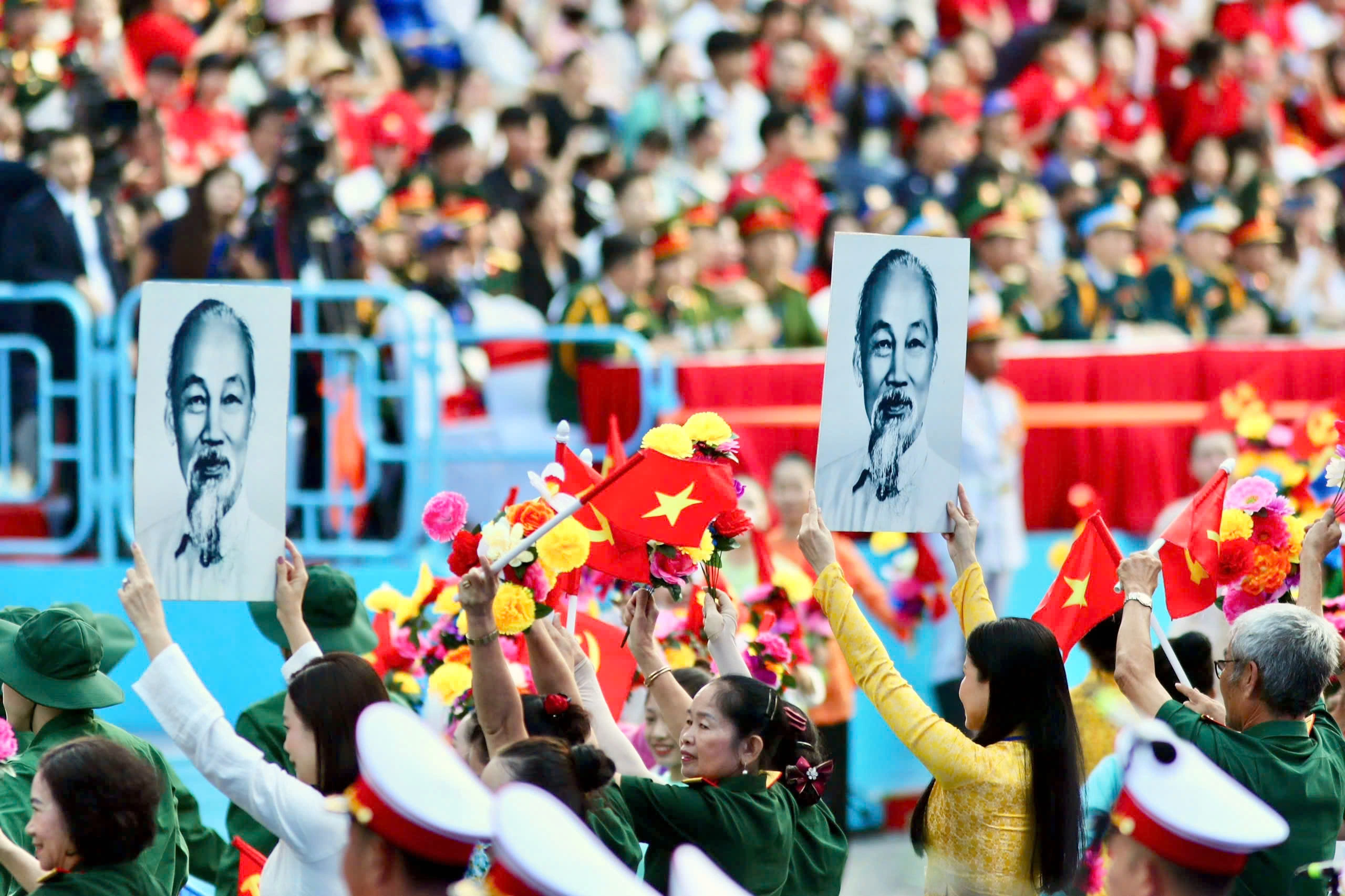


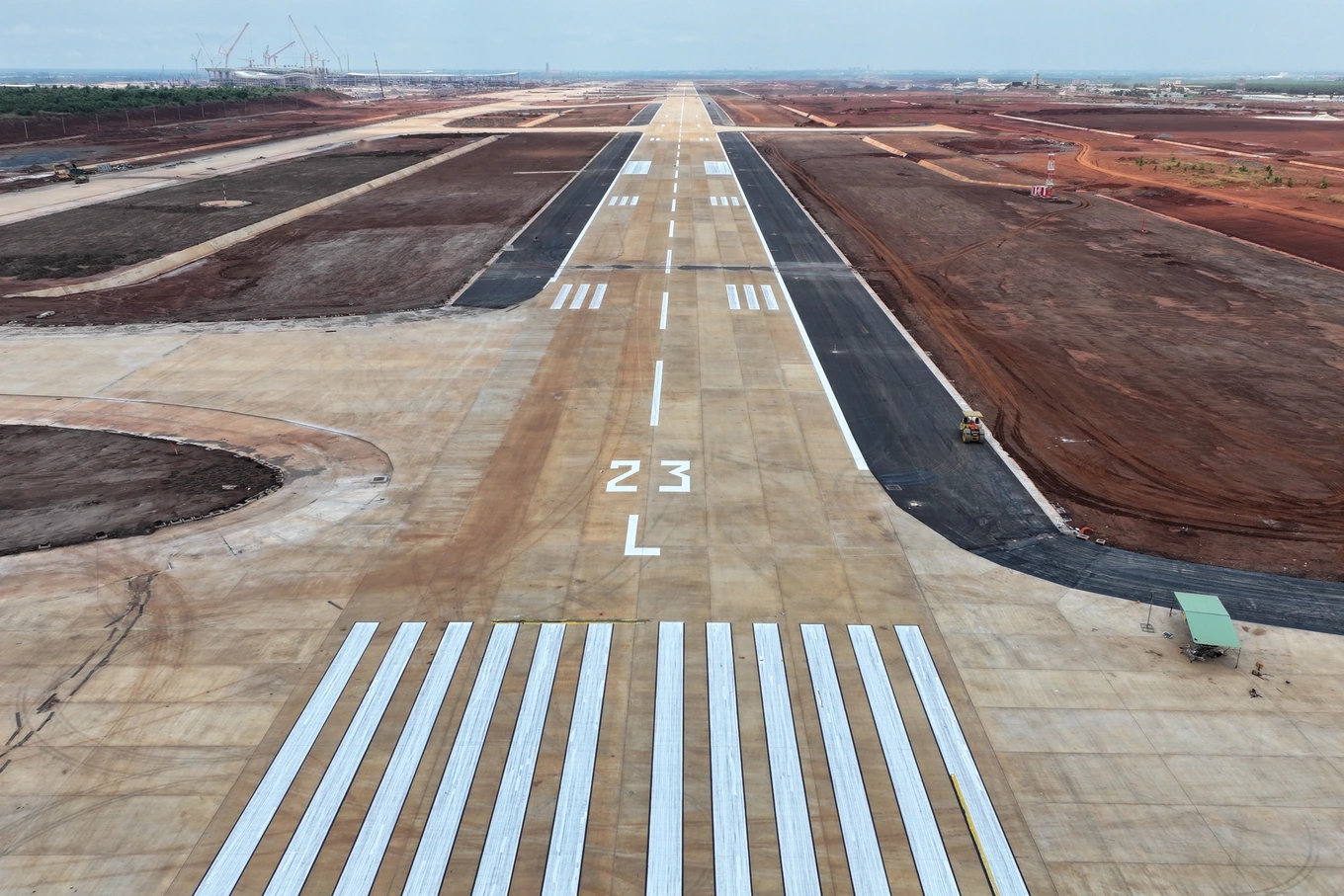
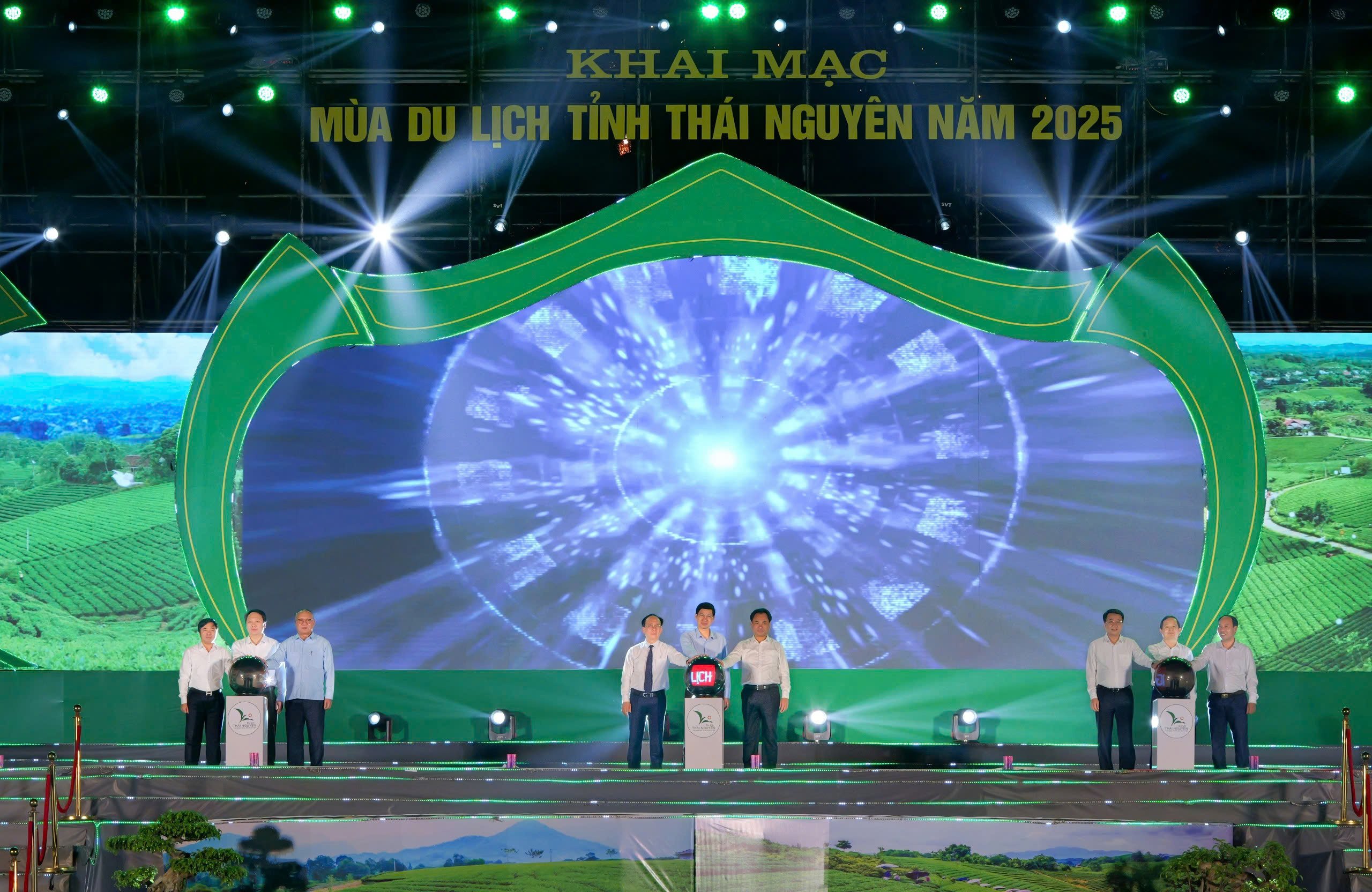
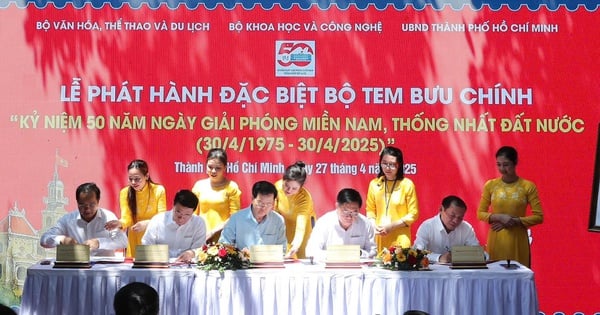

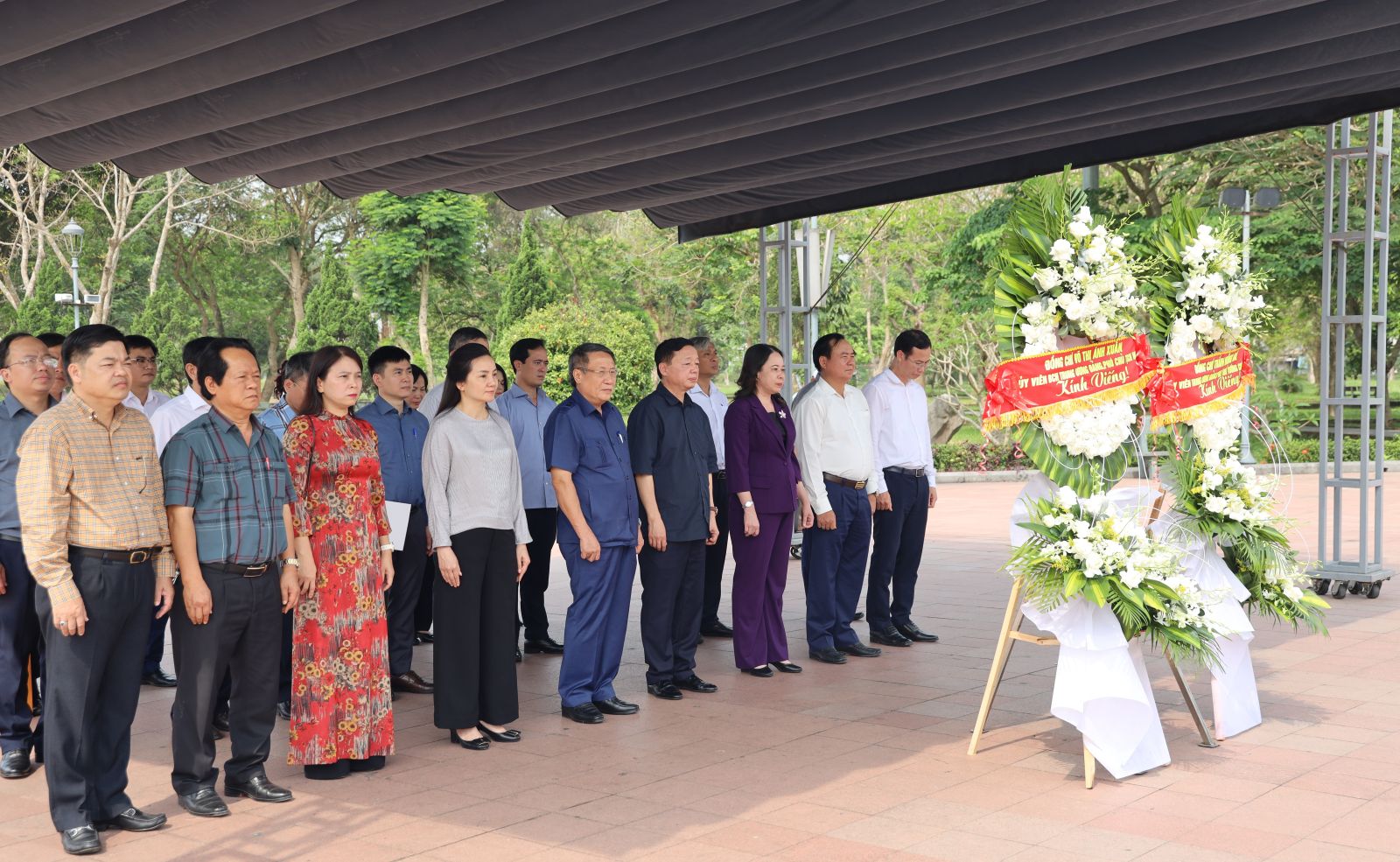

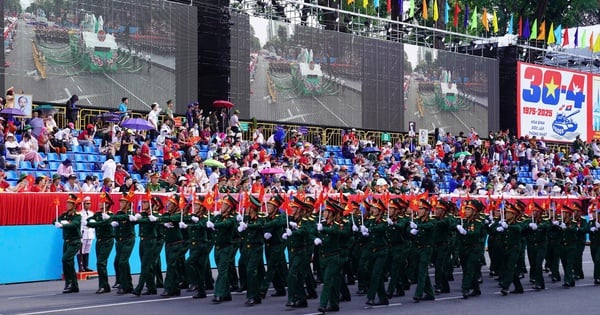

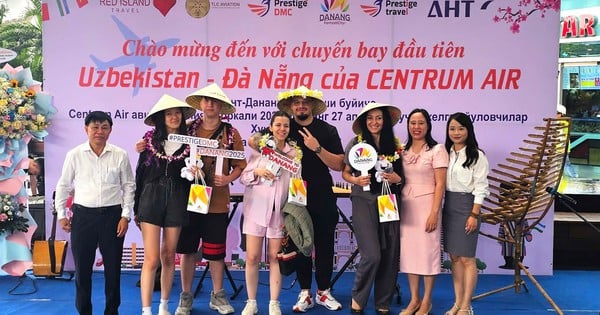
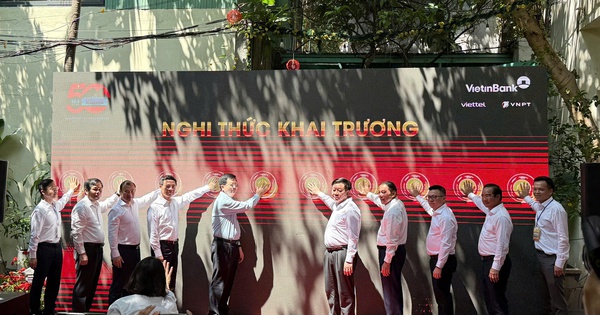
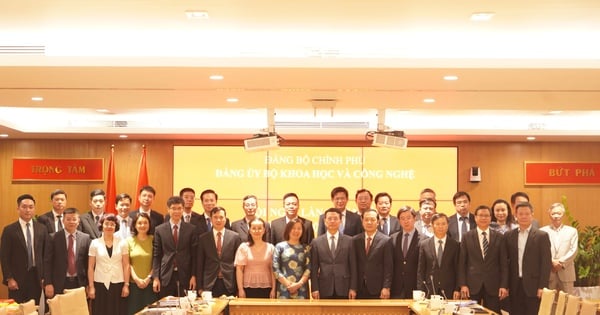
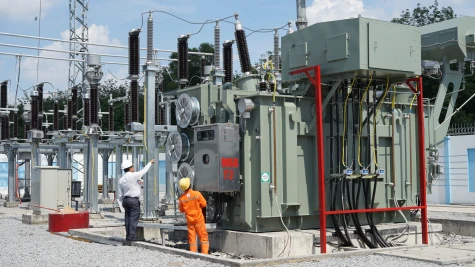



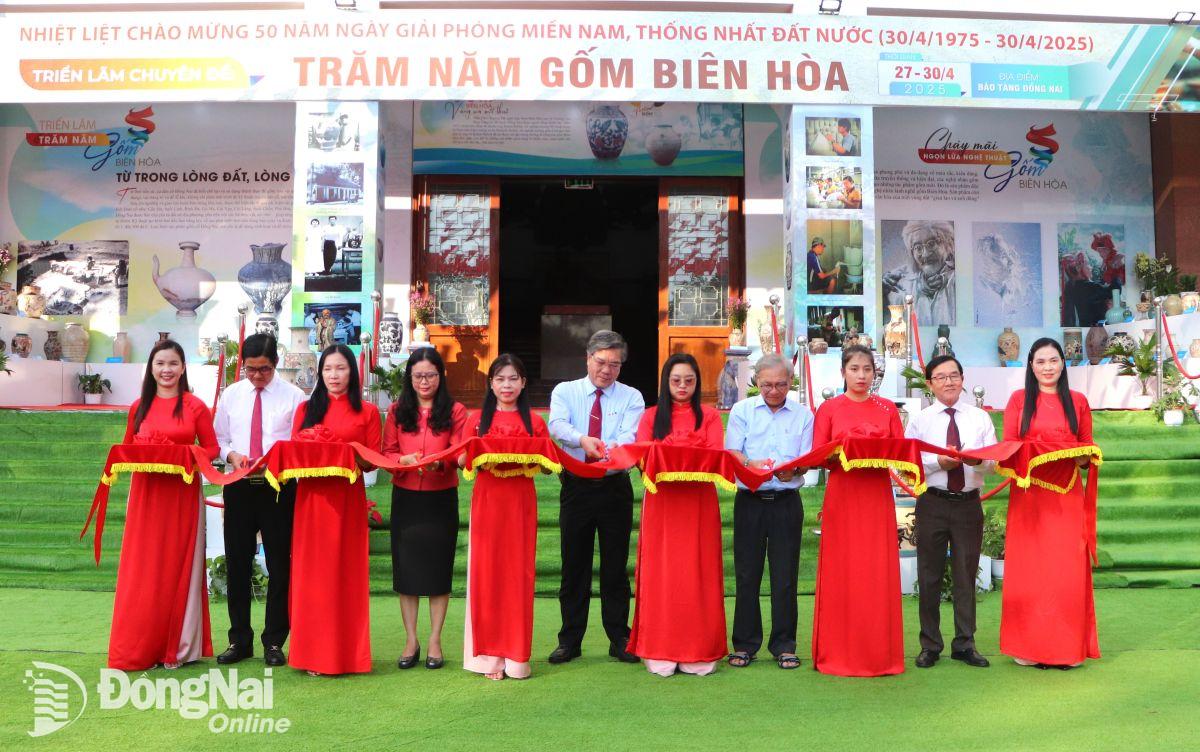

![[Photo series] People eagerly visit Bien Hoa Pottery Festival](https://vstatic.vietnam.vn/vietnam/resource/IMAGE/2025/4/27/67c85e9e8954429eb8fc84010c6a6f57)
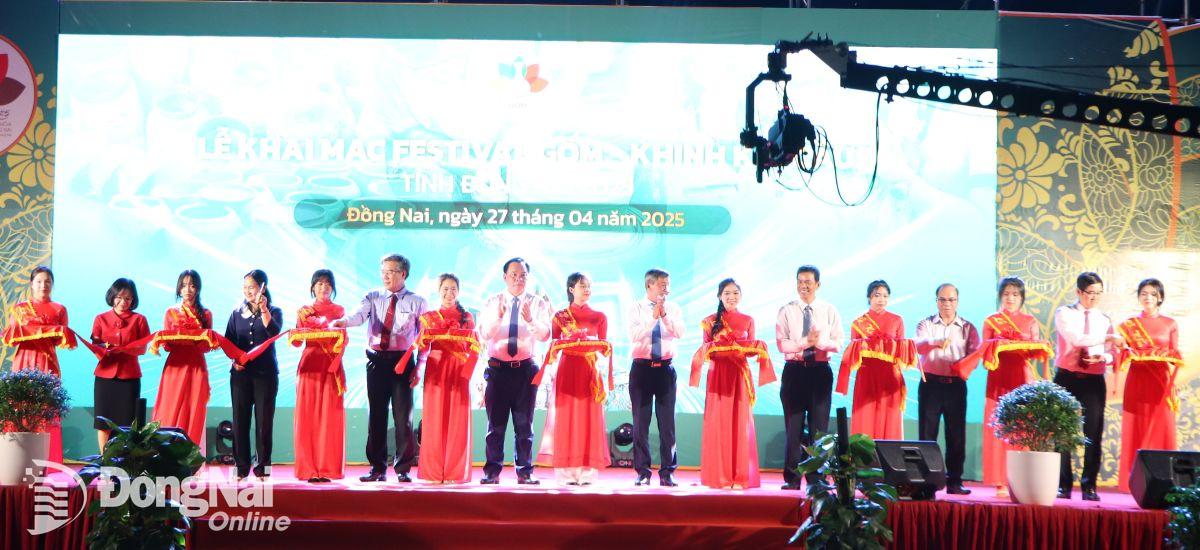
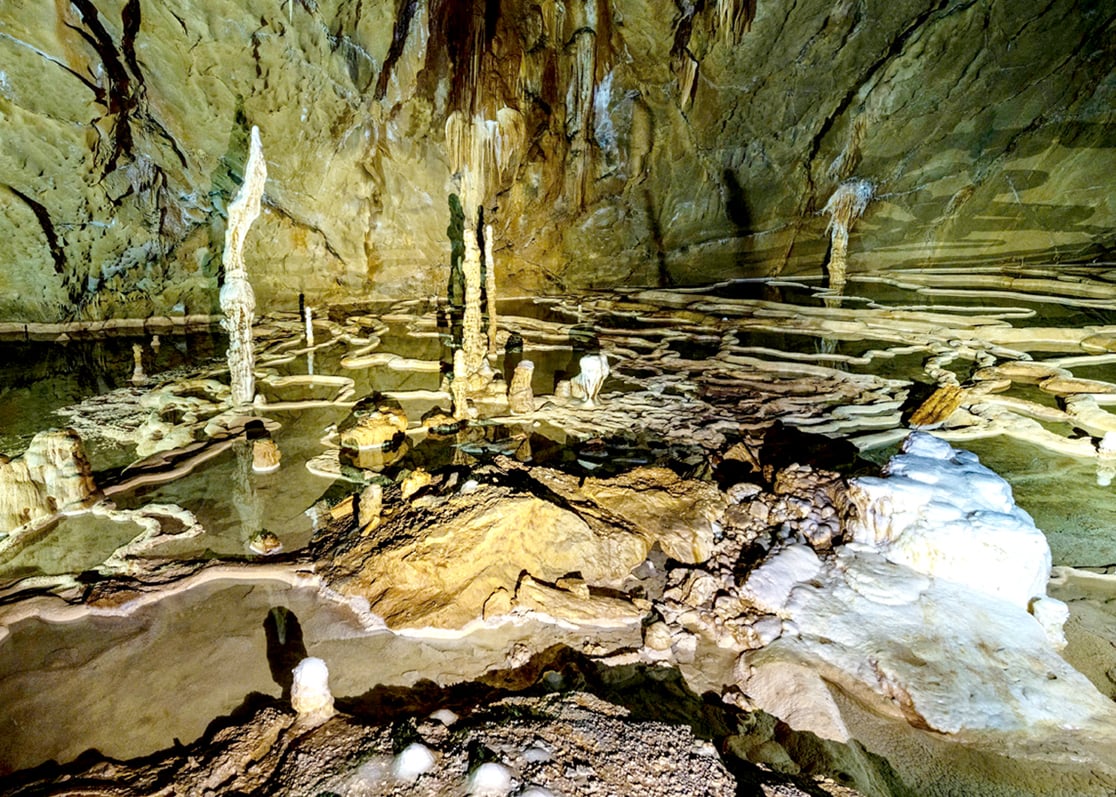



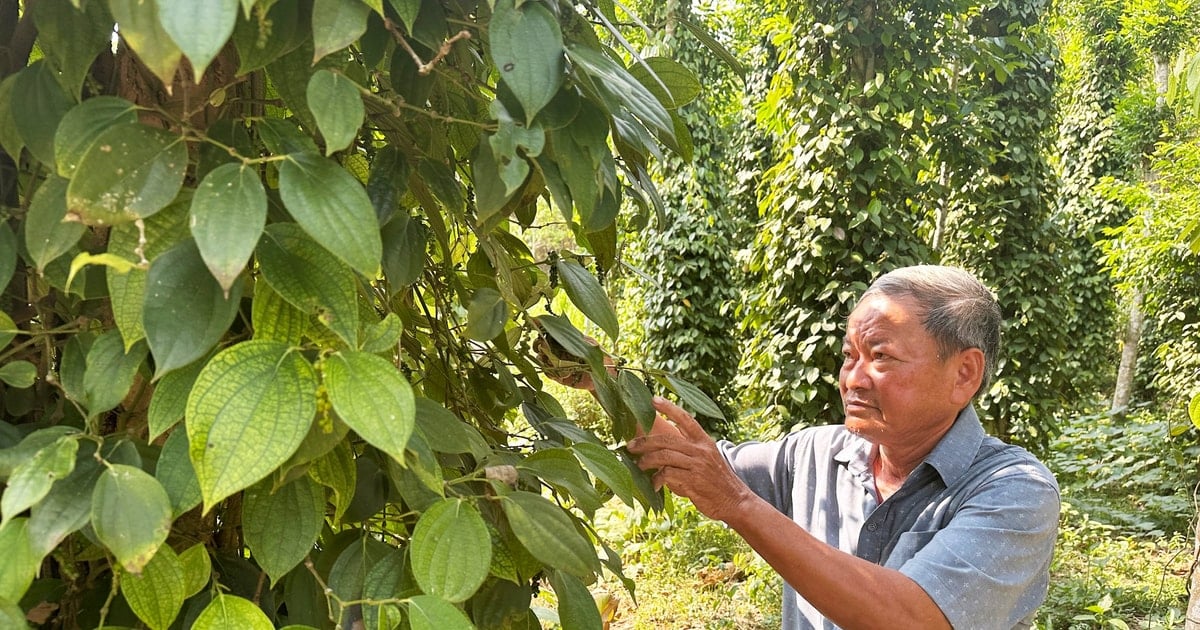

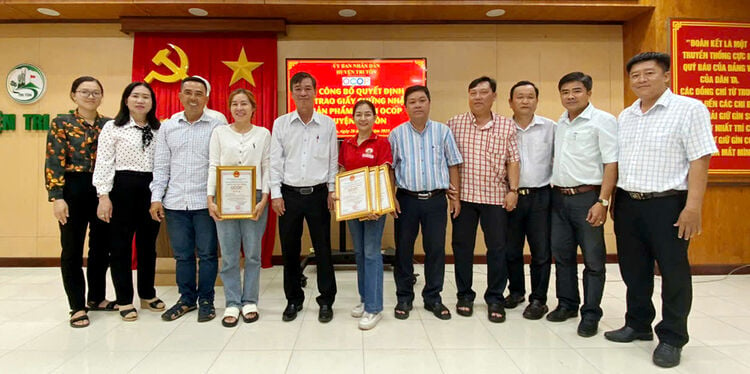

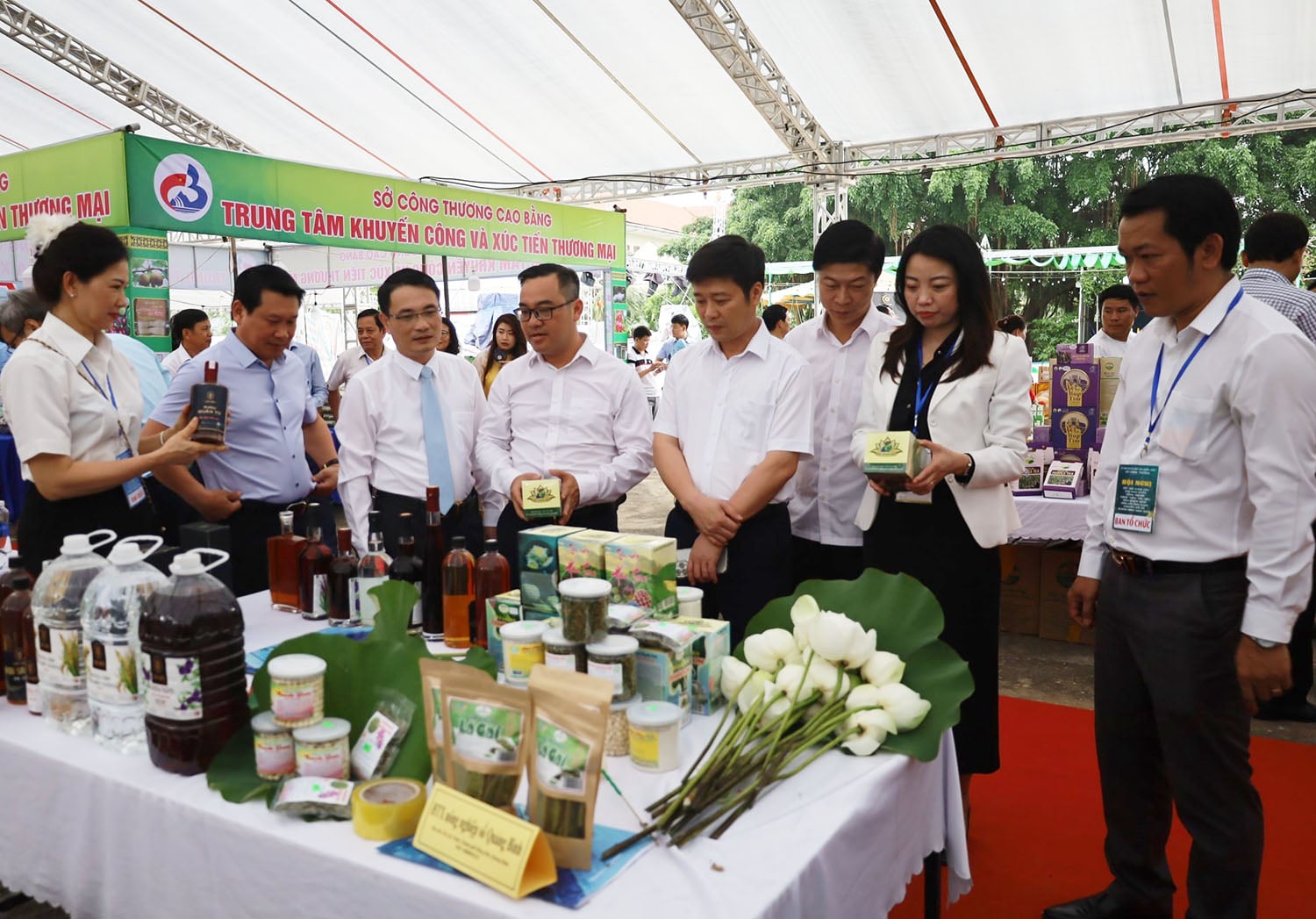

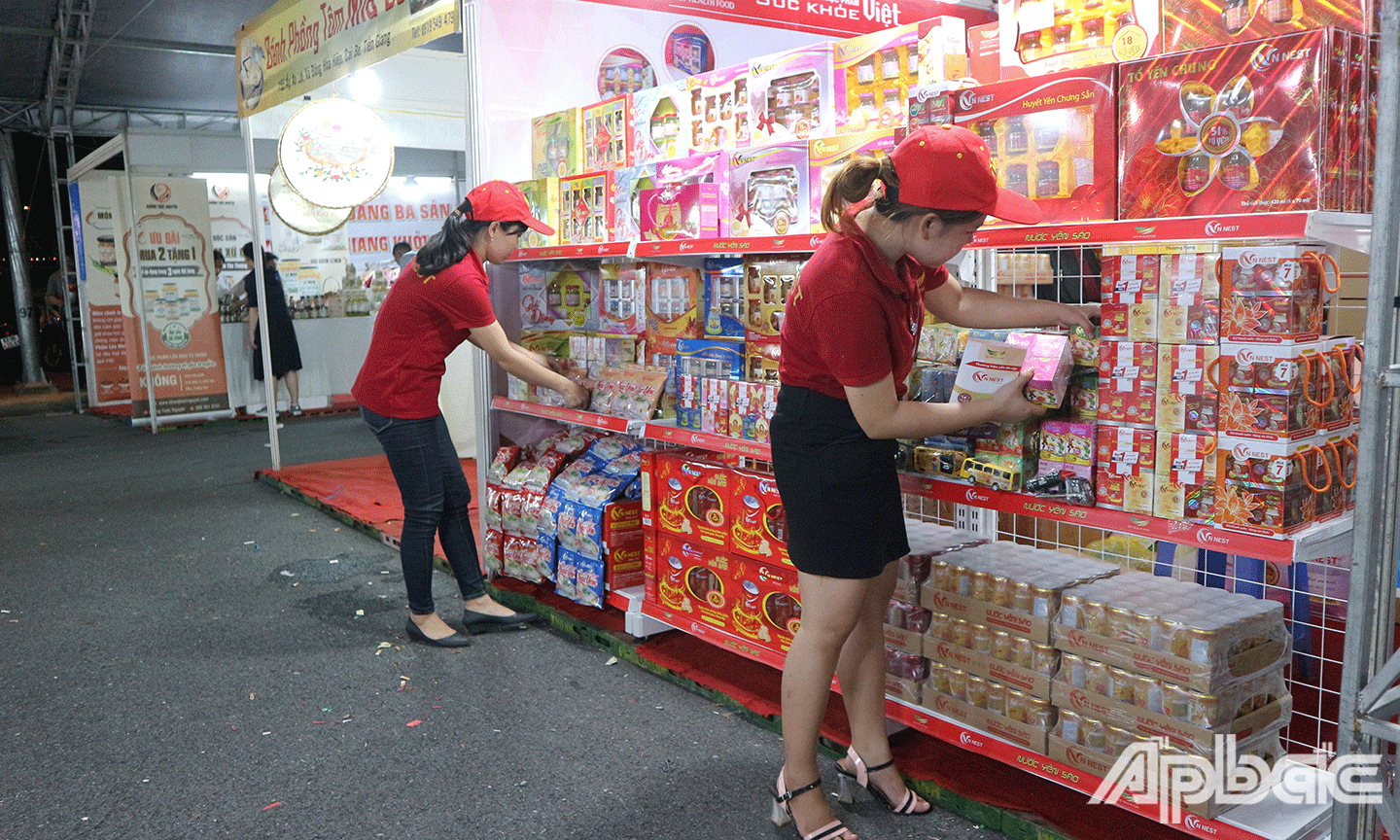

Comment (0)